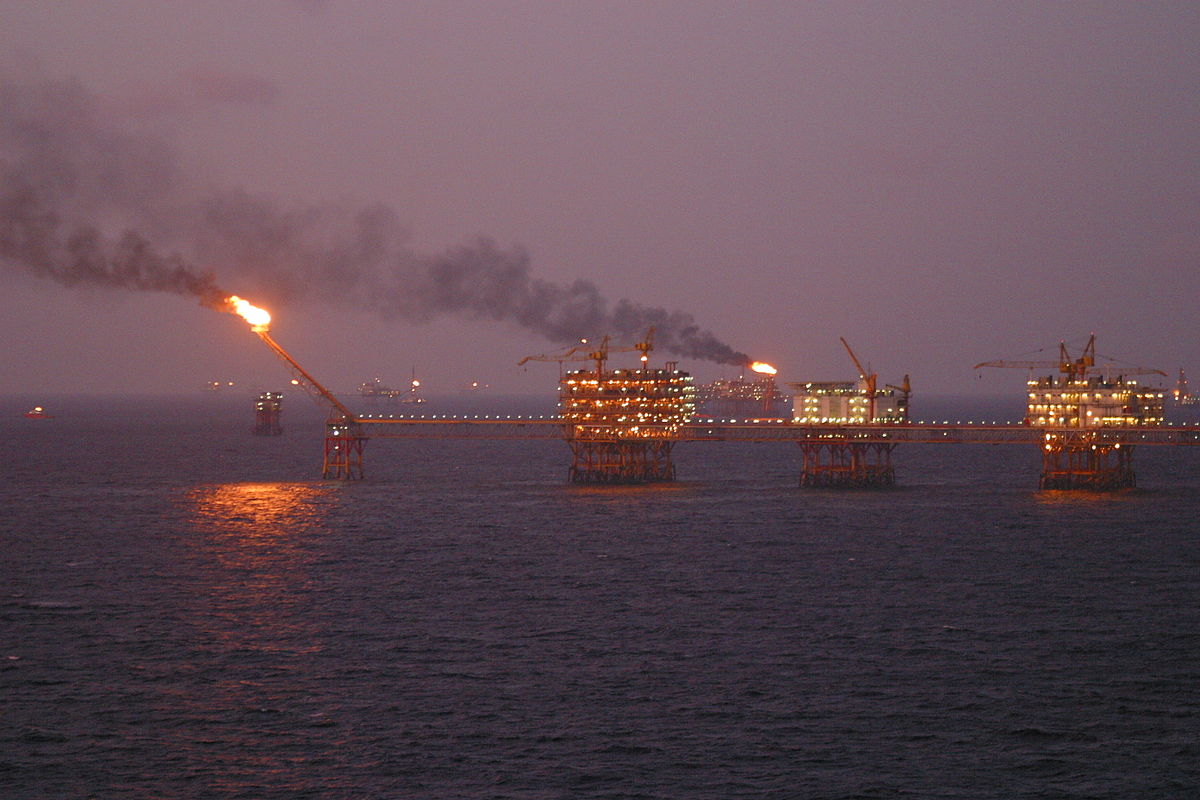
Talk on the use of MRI to image bubble formation in fluidised bed reactors scoops award.
With this technique, we can now simultaneously track the bubble rise velocity and see what is happening in a 2D plane. In addition, we have been able to image a specific method of bubble formation predicted by mathematical models. To the best of my knowledge this is the first time this has been shown experimentally in a 3D fluidised bed."
Hilary Fabich
A Gates Cambridge Scholar has won a prestigious award for her talk at an international conference on the use of MRI techniques to improve the efficiency of fluidised bed reactors.
Hilary Fabich [2012], who is doing a PhD in Chemical Engineering, was given the Sir Paul Callaghan Young Investigator Award for her talk at the International Conference on Magnetic Resonance Microscopy in Germany in early August.
It detailed how she has modified a medical MRI technique to image bubble formation in a fluidised bed reactor. The images will be used to provide new information about bubble behaviour in these types of reactors which may help researchers to tailor mathematical models to better understand them. Hilary says: "If we can more accurately model fluidised bed reactors, we will be able to increase the reactor efficiency."
Fluidised beds are a type of reactor device that can be used to carry out a variety of multiphase chemical reactions. They are used in many industries, including the oil, petrochemical and nuclear industries and the waste treatment industry and are typically cylindrical columns filled with solid particles. Air is forced up, through the bed of particles until the particles start to float and the whole system will act like a fluid. If the air flow is increased, bubbles start to form in the bed. However, it has been very difficult to model bubble formation in fluidised beds as, intuitively, it is not clear to see why bubbles form in these systems.
It is impossible to see inside this type of system because they are often 2-3 metres in diameter and can sometimes be much larger. This makes it very difficult to measure the dynamics and to verify current mathematical models which are used to design these types of reactors.
The goal of Hilary's PhD was to use MRI to better understand what is happening in these systems. The first part of her PhD was spent learning how to implement an MRI technique which was developed in the medical MRI field. This technique, ultrashort echo time (UTE), was developed to image 'more solid' types of tissue like cartilage or cortical bone, that were previously inaccessible with MRI. Hilary wanted to use the technique to image solid particles in a fluidised bed.
Once the technique was working, Hilary's research team needed to modify the technique to allow for rapid imaging. Typical UTE images are acquired over minutes or hours. To image a bubble in a fluidised bed the image must take less than 25 miliseconds to acquire. Hilary's team were able to achieve this by combining several existing techniques to reduce the image acquisition time. One of these techniques was the use of compressed sensing (CS) to reconstruct the image. CS allows them to acquire less data than previously thought necessary and still reconstruct an accurate image.
Using the rapid UTE sequence they were able to acquire images of bubbles in a fluidised bed. Hilary says: "These are the highest resolution, rapid MRI images that have been acquired in this type of system. With this technique, we can now simultaneously track the bubble rise velocity and see what is happening in a 2D plane. We do this by acquiring images of a bubble at different points in its evolution as it rises through the sample. In addition, we have been able to image a specific method of bubble formation predicted by mathematical models. To the best of my knowledge this is the first time this has been shown experimentally in a 3D fluidised bed."
Picture credit: "An oil rig offshore Vungtau" by Genghiskhanviet – Own work. Licensed under Public Domain via Wikimedia Commons.












